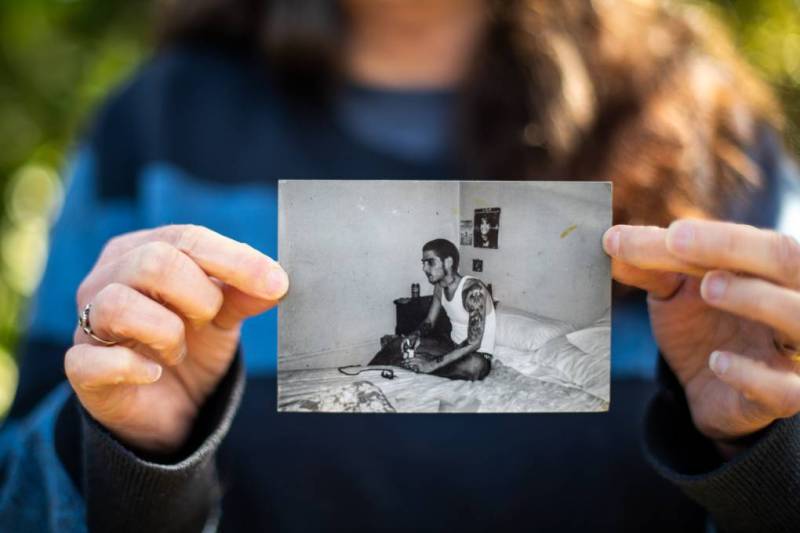San Francisco’s Tenderloin neighborhood has been at the forefront of the opioid epidemic, amassing a reputation as a place of open air drug dealing, crime, and homelessness. Viral images and videos of open-air drug use have been seen around the world.
Some argue publishing pictures and videos of people experiencing addiction is dehumanizing and has long-term effects that follow them for the rest of their lives. Others argue the images raise awareness and showcase the reality of San Francisco’s overdose epidemic.
